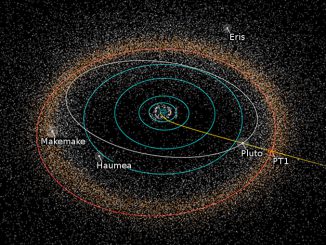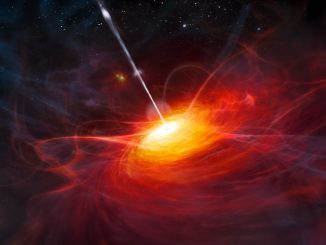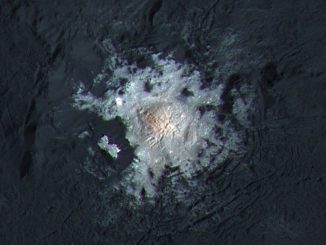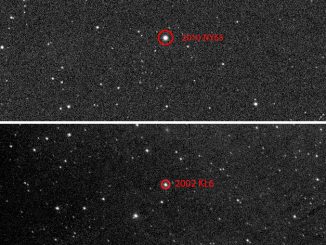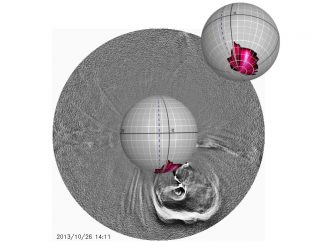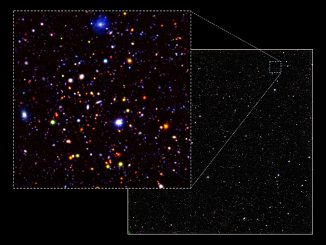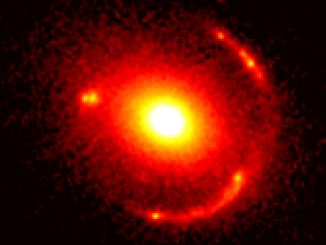
AutoLens steps up for Euclid satellite’s 100,000 gravitational lens challenge
Due for launch in 2020, ESA’s Euclid satellite will set astronomers a huge challenge: to analyse 100,000 strong gravitational lenses. The gravitational deflection of light from distant astronomical sources by interposing massive galaxies can create multiple images of the source that are not just visually stunning, but are also valuable tools for probing our universe.

